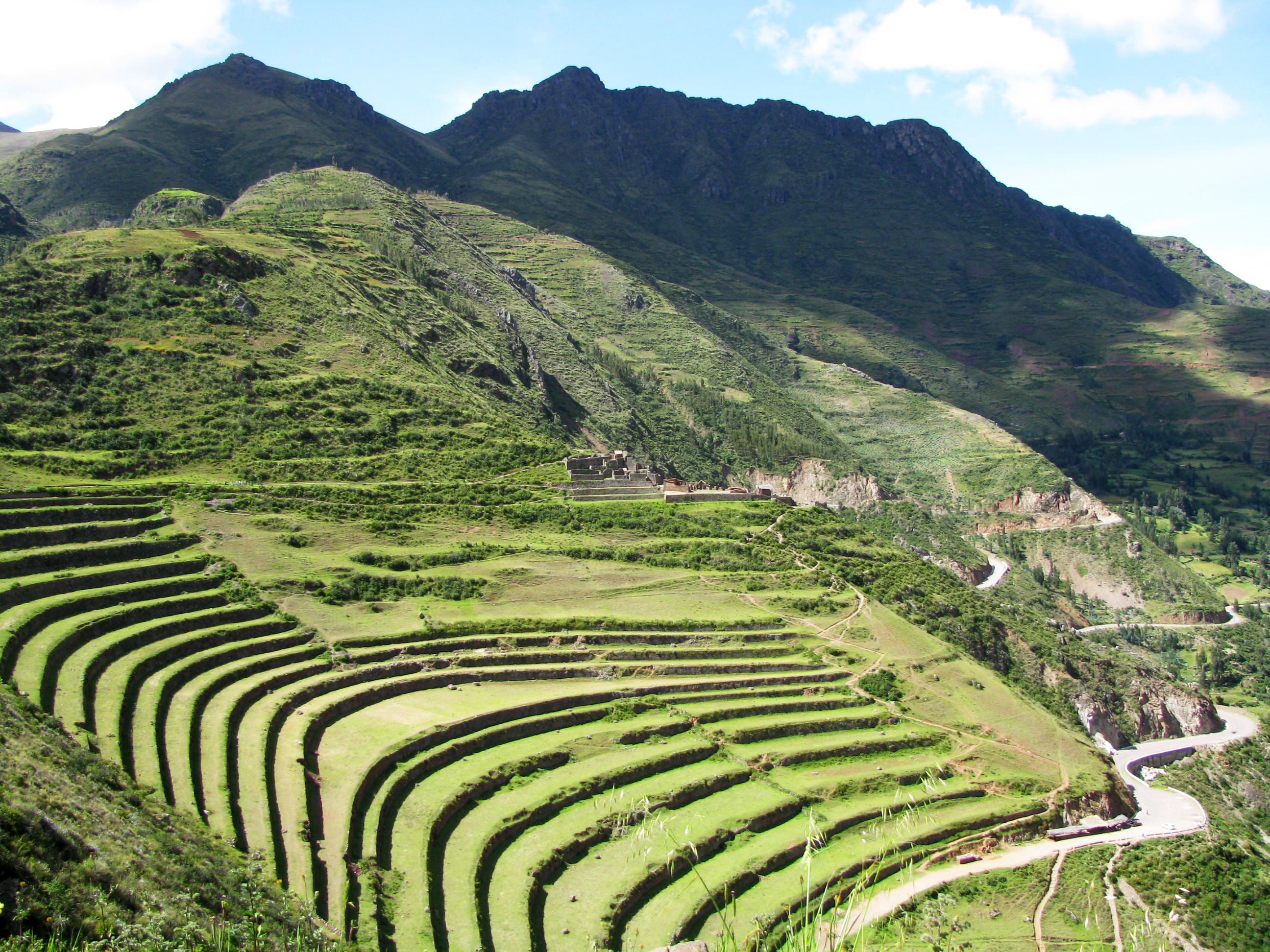News & Blog
Category
Nature-based Solutions
A quick review of Nature-based Solutions and its future expected outcomes
By Diego Portugal Del Pino, Co-Lead, IUCN CEM Nature-based Solutions Thematic Group.
(Written October 3rd, 2019 for IUCN CEM Young Professionals Network).
To answer this question, lets first consider the IUCN principles of NbS (see further analyses)
- Embrace nature conservation norms (and principles);
- can be implemented alone or in an integrated manner with other solutions to societal challenges (e.g. technological and engineering solutions);
- are determined by site-specific natural and cultural contexts that include traditional, local and scientific knowledge;
- produce societal benefits in a fair and equitable way, in a manner that promotes transparency and broad participation;
- maintain biological and cultural diversity and the ability of ecosystems to evolve over time;
- are applied at a landscape scale;
- recognise and address the trade-offs between the production of a few immediate economic benefits for development, and future options for the production of the full range of ecosystems services; and
- are an integral part of the overall design of policies, and measures or actions, to address a specific challenge.
These qualities enable the term to provide a plethora of co-benefits over other terms, and it is also regarded as cost-effective solutions for society and human well-being values. It is important not to create rivalries between terms but rather appreciate them as complementary of each other.
So, what makes NbS special?
We already established that there was an international need to address issues holistically. Environmental concerns are not restricted to one area of work and do not always respect political boundaries. For instance, management of a watershed often involves diverse management strategies, with a diverse number of stakeholders and ideologies.
An excellent, very well-known example is the Catskills’ watershed in New York. In 1992, The US Environmental Protection Agency required the city to build a 6-9 billion USD water filtration system due to the ongoing pollution from sewage, fertilizers and pesticides in the watershed. The city’s administrators, nevertheless, opted for investing in natural capital to safeguard essential ecosystem services by protecting and managing the upper watershed as a forest reserve and thus avoiding the building of more dams. These actions were possible thanks to the united cooperation of many stakeholders involved and it allowed the city to save billions of dollars in water filtration costs. This case study and many other examples on NbS can be found online. For instance, Nature4Cities serves as a platform for NbS that provides links to research and innovations actions that are funded by Horizon 2020.
What are the next steps?
There seems to be confusion regarding what applies to be an NbS and what does not. To avoid misconceptions and safeguard the quality of the term, the IUCN and the Commission on Ecosystem Management (CEM) are working on standardizing the use of NbS. The process to define the global standard for NbS has already involved an internal and public consultation. We are currently undertaking a second public consultation, which will be open until October 14th 2019, and you are welcome to take part in this process! The official Global Standard is expected to be released at the next World Conservation Congress in June 2020, to be held in Marseille, France.
To take part in crafting the Global Standard, you are invited to use the online survey, in English, French or Spanish. If you are interested in testing the standard in your case study, please feel free to contact. More information on CEM’s work on NbS can be found here.
Likewise, if you have further questions or enquiries, feel free to contact me at dportugal@gaialinc.org





